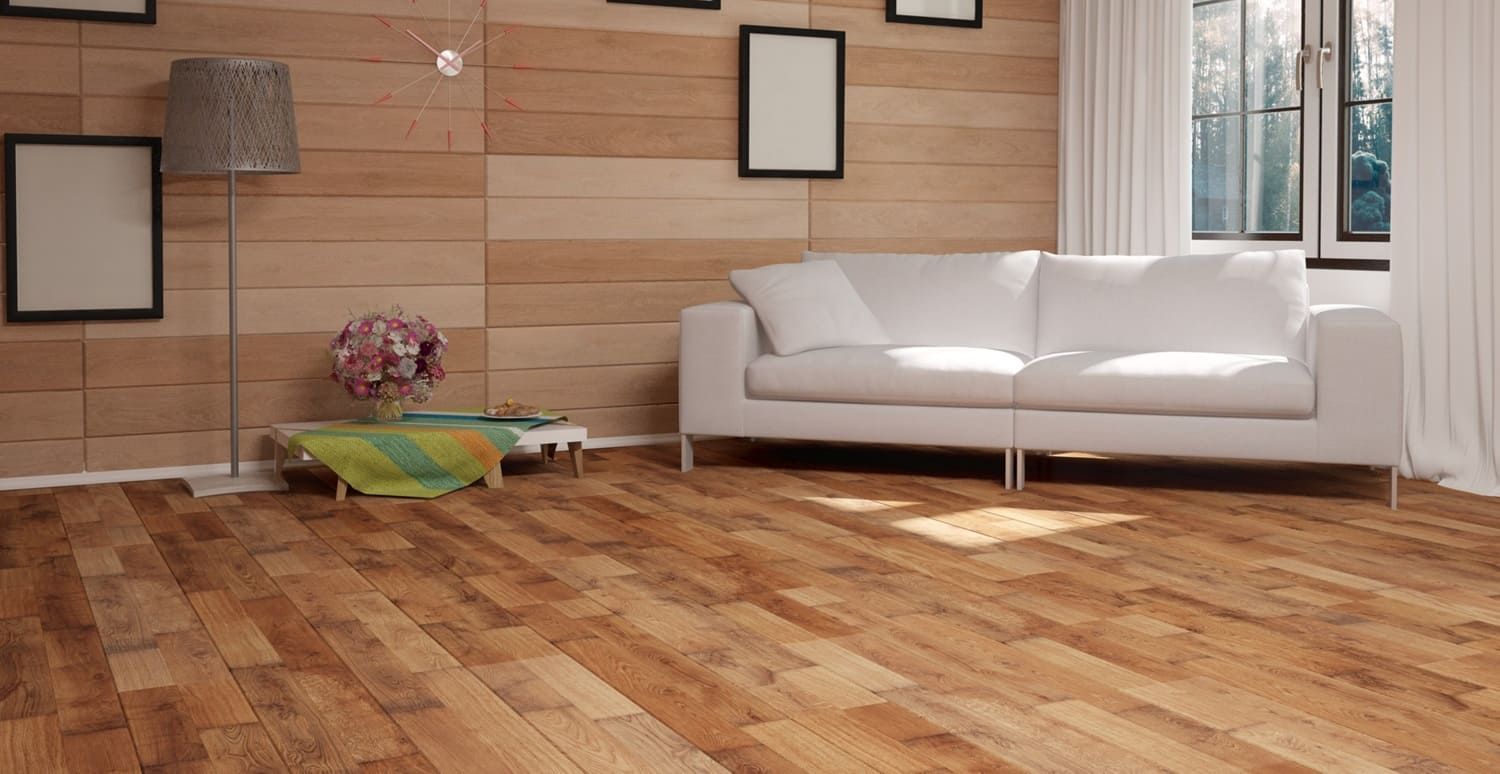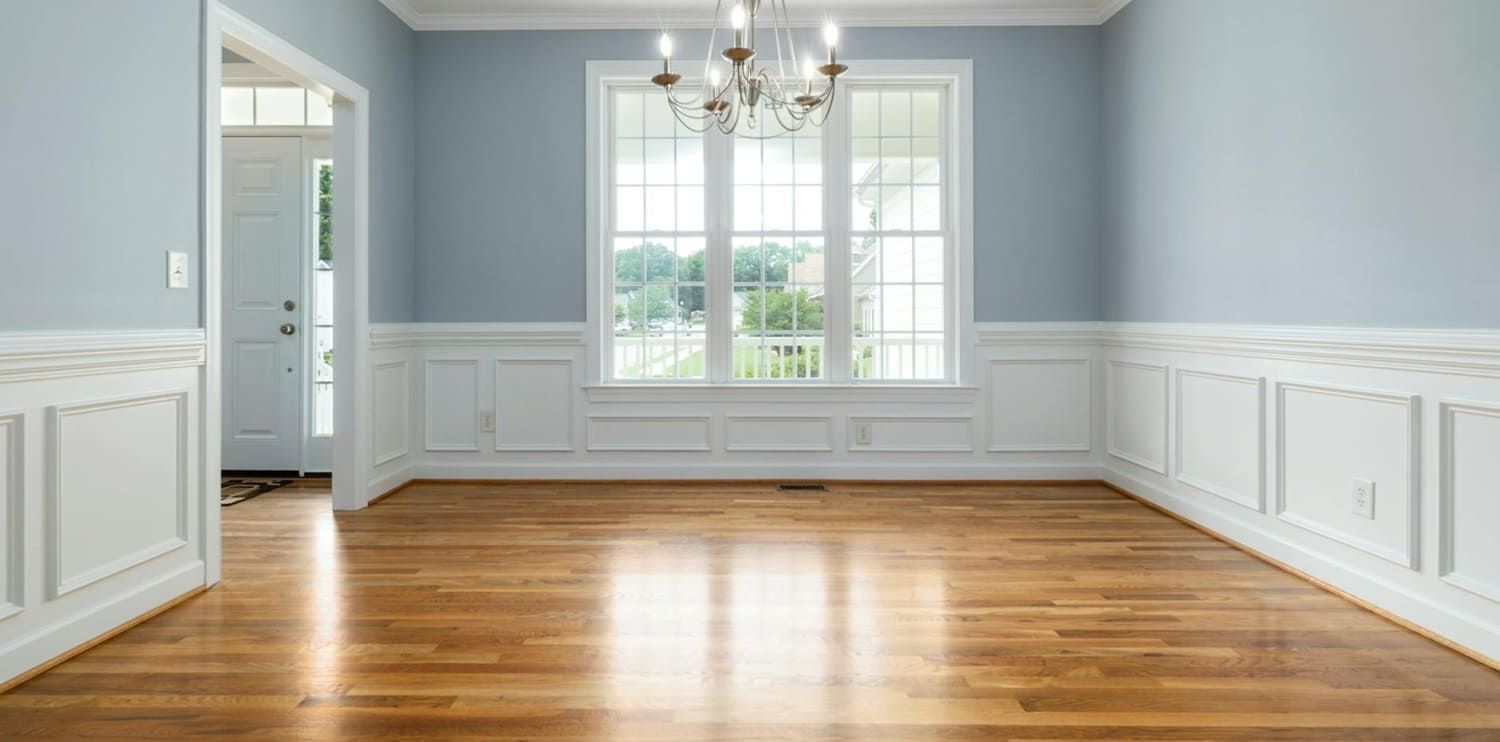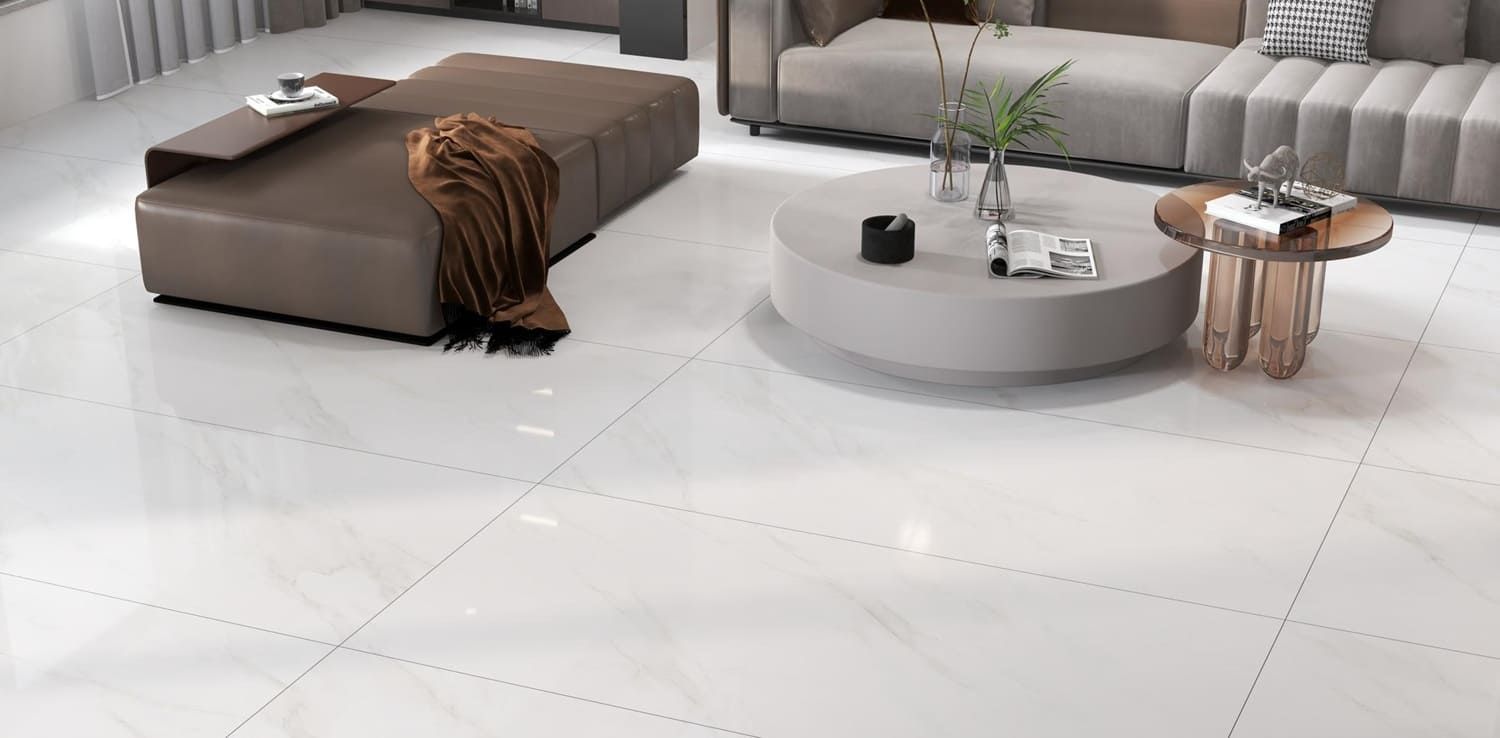What Type of Flooring Needs the Least Maintenance?
The choice of flooring can have significant implications for daily living, influencing everything from cleaning routines to the longevity of your home environment. Selecting the right material involves balancing practical considerations with personal taste. With advancements in technology, many flooring solutions now offer both aesthetic appeal and practical benefits, such as resistance to wear and ease of maintenance. By understanding the characteristics of different flooring types, homeowners can achieve a balance between beauty and functionality, ensuring that their choice stands the test of time and daily use.
When we talk about maintenance-free or low-maintenance flooring, we're referring to floors that require minimal effort to keep them looking pristine. Such flooring options are not only easy to clean but also resistant to stains, scratches, and wear. They are perfect for busy households, families with children, and pet owners. In environments where time is a precious commodity, the convenience of low-maintenance flooring cannot be overstated. These floors are designed to withstand the rigors of daily life, allowing homeowners to focus on what truly matters rather than constant upkeep.
Low-maintenance flooring is not just about reducing cleaning time; it also extends the lifespan of the flooring itself. By choosing materials that are inherently durable and resistant to common issues like moisture and scratching, homeowners can enjoy peace of mind knowing their investment is protected. Moreover, such flooring often features advanced technologies that enhance its resilience and aesthetic appeal, making it a smart choice for those looking to combine style with practicality. Whether in high-traffic areas or spaces prone to spills, maintenance-free floors provide a reliable foundation for any home.
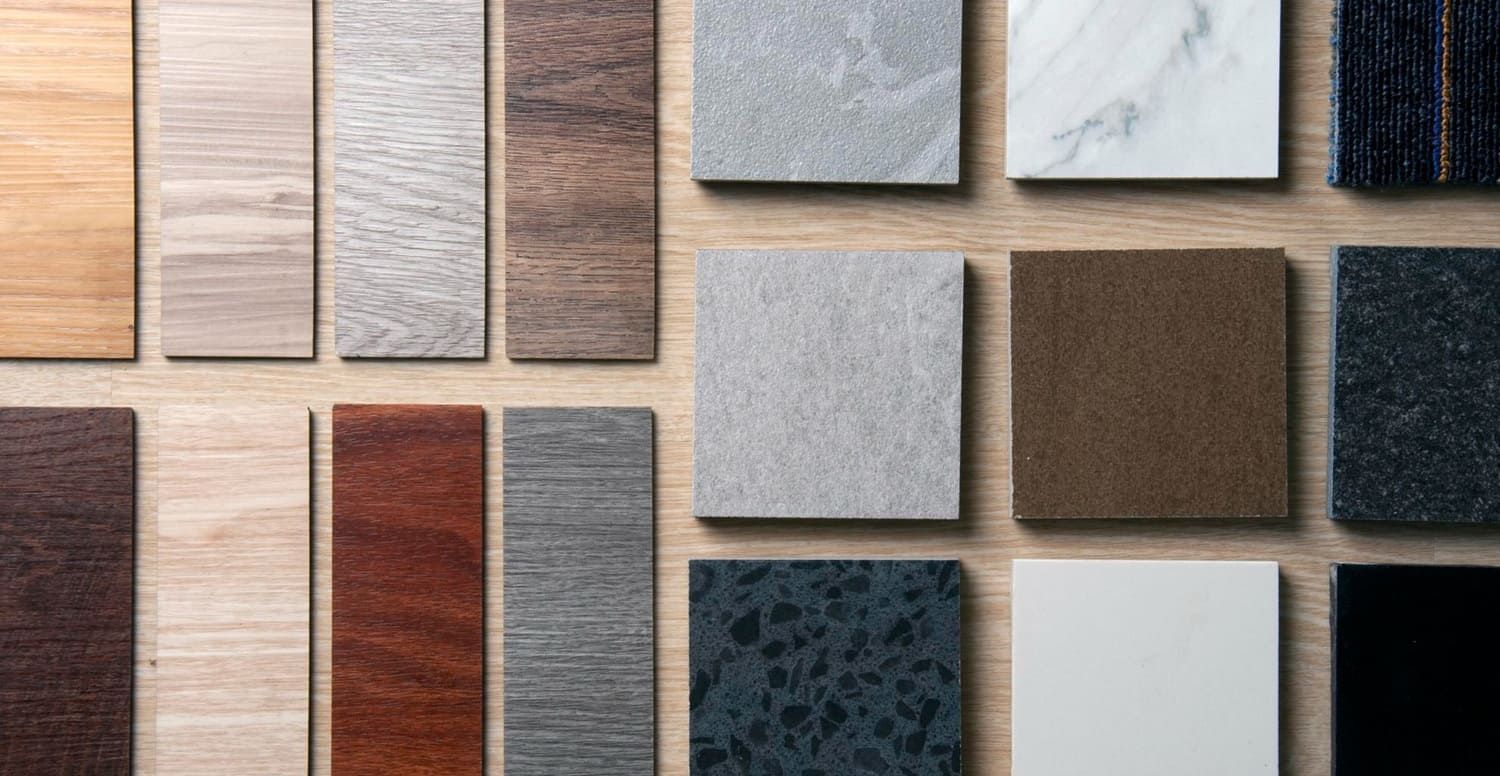
Key Features of Low-Maintenance Flooring
Before diving into specific types, let's look at some features that define low-maintenance flooring:
- Durability: Can withstand heavy foot traffic and resist scratches. This feature ensures that the floor maintains its appearance and functionality over time, even in the busiest of households. Durable flooring options are particularly beneficial in areas like hallways and living rooms, where wear and tear are most common. The use of advanced materials and finishes contributes to the long-lasting nature of these floors, making them a wise investment for any homeowner.
- Stain Resistance: Resists spills and stains, making cleaning a breeze. This feature is crucial for families with children or pets, where accidents are more likely to occur. Stain-resistant flooring allows for quick clean-ups, preventing long-term damage and maintaining the floor's visual appeal. The technology behind stain resistance often involves protective coatings that repel liquids, ensuring that spills can be easily wiped away without leaving a trace.
- Ease of Cleaning: Requires minimal tools and time for regular cleaning. This aspect reduces the overall maintenance burden, allowing homeowners to enjoy more leisure time. Floors that are easy to clean typically require only basic cleaning supplies, such as a broom or mop, making them accessible and convenient. The simplicity of maintaining these floors adds to their appeal, especially in homes where time and effort are at a premium.
- Longevity: Maintains its look and feel over time with little to no upkeep. This feature ensures that the flooring remains attractive and functional throughout its lifespan. Longevity is often achieved through high-quality materials and construction techniques, which help the floor resist common issues like fading, warping, or cracking. Homeowners can take comfort in knowing that their flooring choice will continue to enhance their home for years to come, with minimal intervention required.
Top Low-Maintenance Flooring Options
Vinyl Flooring
Vinyl flooring is a popular choice for those seeking durability and ease of care. Available in a wide range of styles, including those that mimic wood and stone, vinyl is both versatile and affordable. Its water-resistant properties make it ideal for kitchens, bathrooms, and basements. Vinyl's adaptability allows it to complement various interior design styles, making it a versatile choice for any home.
Benefits:
- Easy to clean with a simple sweep and mop. This convenience makes it an excellent option for busy households where time is limited. The straightforward cleaning process ensures that the floor remains spotless with minimal effort, allowing homeowners to focus on other priorities. Additionally, its low-maintenance nature reduces the need for special cleaning products, which can save money in the long run.
- Highly resistant to water and stains. This resistance is particularly beneficial in areas prone to moisture, ensuring that the floor remains pristine despite exposure to spills and humidity. Vinyl's water-resistance makes it a practical choice for spaces like bathrooms and kitchens, where moisture levels can fluctuate. This feature also enhances the floor's longevity, as it reduces the risk of water-related damage.
- Soft underfoot, reducing noise and providing comfort. This attribute enhances the overall living experience, making vinyl a comfortable choice for families with children or elderly members. The softness of vinyl flooring reduces the impact of foot traffic, creating a quieter and more serene environment. This comfort factor also makes it a suitable option for areas where people spend extended periods, such as living rooms or bedrooms.
Considerations:
- May not add as much value to your home as natural materials. While vinyl offers numerous practical benefits, it may not provide the same prestige or resale value as options like hardwood. Homeowners should weigh the trade-offs between cost-effectiveness and potential value when considering vinyl flooring. Despite this, the affordability and performance of vinyl make it an attractive option for many.
- Can be susceptible to tears and dents if heavy furniture is dragged across it. Care should be taken when moving heavy objects to prevent damage to the surface. Using furniture pads or lifting rather than dragging can help preserve the floor's appearance. Despite this consideration, the durability and resilience of vinyl make it a reliable choice for most households.
Laminate Flooring
Laminate flooring is another excellent option for those prioritizing ease of maintenance. It consists of a photographic layer that mimics natural materials, topped with a protective wear layer. This makes laminate both attractive and practical. The realistic appearance of laminate allows homeowners to achieve the look of more expensive materials without the associated costs.
Benefits:
- Scratch-resistant surface makes it suitable for high-traffic areas. This feature ensures that laminate remains attractive even in the busiest parts of the home, such as entryways and hallways. The scratch resistance of laminate is achieved through a durable top layer, which protects the underlying design. This durability makes laminate a practical choice for families with pets or children, where scratches are more likely to occur.
- Easy to install, often as a DIY project. The simplicity of installation makes laminate an appealing option for those looking to save on labor costs. Many laminate flooring options feature a click-and-lock system, allowing homeowners to quickly and easily lay the flooring themselves. This DIY-friendly approach not only reduces installation expenses but also offers a sense of accomplishment for those who enjoy home improvement projects.
- Requires only sweeping and occasional mopping to maintain. This low-maintenance requirement frees up time for homeowners, allowing them to focus on other aspects of their lives. The ease of cleaning makes laminate a convenient choice for those with busy schedules or limited cleaning resources. By requiring minimal upkeep, laminate flooring offers a hassle-free solution that maintains its appearance over time.
Considerations:
- Not as water-resistant as vinyl, which may limit its use in damp areas. Homeowners should be cautious when considering laminate for spaces like bathrooms or basements, where moisture exposure is common. Despite this limitation, laminate remains a versatile choice for many other areas of the home. Selecting laminate with a water-resistant core can help mitigate this concern and expand its suitability for various environments.
- Can feel hard underfoot compared to other options. While laminate offers numerous benefits, its hardness may not be ideal for those seeking a softer flooring option. Adding area rugs or underlayment can enhance comfort and reduce noise, making laminate more suitable for living areas. Despite this consideration, the durability and appearance of laminate make it a popular choice for many homeowners.
Ceramic Tile Flooring
Ceramic tiles are known for their durability and resistance to moisture, making them a staple in bathrooms and kitchens. With various colors, sizes, and textures available, they offer great design flexibility. Ceramic tiles can add a touch of elegance and sophistication to any space, enhancing the overall aesthetic of the home.
Benefits:
- Extremely durable and water-resistant. This makes ceramic tiles an excellent choice for areas exposed to water, such as kitchens, bathrooms, and laundry rooms. The water resistance of ceramic tiles ensures that they remain intact and visually appealing even in the presence of moisture. This durability also makes them a reliable option for high-traffic areas, where wear and tear are common.
- Simple to clean; requires regular sweeping and mopping. The ease of maintenance makes ceramic tiles a practical choice for busy households. Regular cleaning ensures that the tiles maintain their appearance and hygiene, contributing to a healthy living environment. The low-maintenance nature of ceramic tiles allows homeowners to enjoy their beauty without the burden of constant upkeep.
- Resistant to staining and scratching. This resistance enhances the longevity of ceramic tiles, allowing them to withstand the demands of daily life. The protective glaze on ceramic tiles prevents stains from penetrating the surface, making clean-up a breeze. This feature also ensures that the tiles retain their original appearance, even in high-use areas.
Considerations:
- Grout lines may require occasional sealing to prevent staining. While ceramic tiles themselves are resistant to stains, the grout lines between them can be susceptible. Sealing the grout periodically helps maintain the overall appearance and hygiene of the tiled area. Despite this consideration, the durability and versatility of ceramic tiles make them a popular choice for many homeowners.
- Can be cold and hard underfoot, which may not be ideal for all living spaces. While ceramic tiles offer numerous benefits, their hardness and temperature may not be suitable for every room. Adding area rugs or underfloor heating can enhance comfort and warmth, making ceramic tiles a more versatile option. Despite this consideration, the aesthetic appeal and practicality of ceramic tiles make them a favored choice for many.
Engineered Hardwood Flooring
Engineered hardwood offers the beauty of natural wood with the added benefit of stability and resistance to moisture. It consists of a real wood veneer over a high-density fiberboard core. This construction provides the authentic appearance of hardwood while enhancing its performance and durability.
Benefits:
- Provides a high-end look similar to solid hardwood. The visual appeal of engineered hardwood enhances the overall aesthetic of any room, adding warmth and elegance. The natural beauty of wood complements a variety of interior design styles, making it a versatile choice for any home. This high-end appearance can also increase the resale value of the property, making it a smart investment.
- More resistant to changes in humidity than solid wood. This resistance reduces the risk of warping or shrinking, ensuring that the flooring remains stable and attractive over time. Engineered hardwood's multi-layer construction allows it to withstand fluctuations in temperature and humidity, making it suitable for a wider range of environments. This stability makes it a reliable choice for areas like basements or kitchens, where moisture levels can vary.
- Easy to clean with regular sweeping and occasional damp mopping. The low-maintenance nature of engineered hardwood allows homeowners to enjoy its beauty without the burden of extensive upkeep. Regular cleaning ensures that the floor remains in top condition, preserving its appearance and functionality. This ease of maintenance makes engineered hardwood a practical choice for those seeking a balance between aesthetics and convenience.
Considerations:
- May require refinishing over time, although less often than solid hardwood. Refinishing can restore the floor's appearance, but it may involve additional time and expense. Despite this consideration, the ability to refinish engineered hardwood adds to its longevity, allowing it to maintain its beauty for years. Homeowners should weigh the benefits of a long-lasting, attractive floor against the occasional need for refinishing.
- Can be more expensive than laminate and vinyl options. While engineered hardwood offers numerous benefits, its higher cost may be a consideration for budget-conscious homeowners. However, the durability and aesthetic appeal of engineered hardwood can justify the investment, as it enhances the overall value and appearance of the home. Homeowners should consider their priorities and budget when selecting the best flooring option for their needs.
The Role of Proper Installation
Regardless of the flooring type you choose, proper installation is crucial to ensure its longevity and maintenance-free properties. Poor installation can lead to issues such as gaps, uneven surfaces, and increased wear. Ensuring that your flooring is installed correctly from the start can prevent future problems and enhance its performance.
Tips for Ensuring Proper Installation:
- Hire Professionals: While DIY is tempting, professional installation ensures that your flooring is laid correctly and will last longer. Experienced installers have the skills and tools necessary to achieve a flawless result, reducing the risk of errors or damage. By investing in professional installation, homeowners can enjoy peace of mind knowing that their flooring is in expert hands.
- Check Subfloor Conditions: Ensure the subfloor is dry, clean, and level to prevent issues down the line. A stable subfloor provides a solid foundation for the new flooring, ensuring its longevity and performance. Addressing subfloor issues before installation can prevent problems such as uneven surfaces or squeaking, enhancing the overall quality of the finished floor.
- Acclimate Materials: Allow flooring materials to acclimate to your home's environment before installation to avoid expansion or contraction issues. Acclimating the materials helps them adjust to the temperature and humidity levels of the space, reducing the risk of warping or gaps. This step is particularly important for natural materials like wood, which can be sensitive to environmental changes.
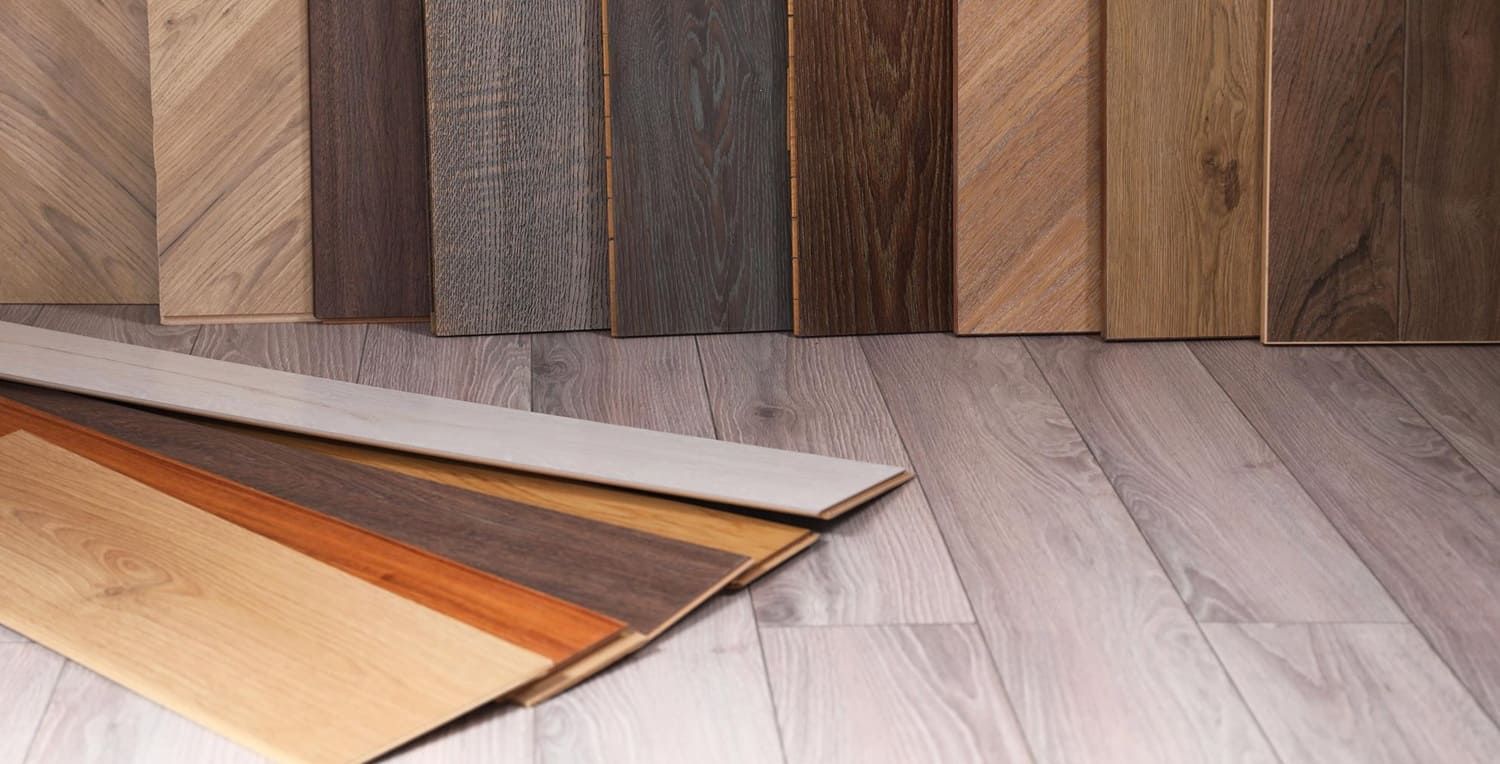
Maintaining Your Low-Maintenance Flooring
Even the most low-maintenance flooring requires some care to keep it in top condition. Here are some general tips:
Regular Cleaning
- Sweep or Vacuum: Regularly remove dirt and debris to prevent scratches. Keeping the floor free of particles helps maintain its appearance and prevents damage. Regular cleaning also contributes to a healthier living environment by reducing allergens and dust.
- Use the Right Products: Follow manufacturer recommendations for cleaning products to avoid damaging the floor's surface. Using appropriate cleaning solutions ensures that the floor retains its finish and color, prolonging its lifespan. Homeowners should be cautious of harsh chemicals or abrasive tools that can harm the floor's surface.
Protect Against Damage
- Furniture Pads: Use pads under furniture legs to prevent scratches and dents. These pads act as a barrier between the furniture and the floor, reducing the risk of damage. By taking simple precautions, homeowners can preserve the appearance and integrity of their flooring.
- Door Mats: Place mats at entryways to capture dirt and moisture from shoes. Door mats act as the first line of defense against dirt and debris, preventing them from being tracked onto the floor. This simple addition can significantly reduce the wear and tear on the flooring, extending its life.
Address Spills Immediately
- Quick Cleanup: Wipe up spills as soon as they occur to prevent staining. Prompt action helps prevent liquids from penetrating the surface and causing damage. By being vigilant about spills, homeowners can maintain the pristine appearance of their flooring.
- Avoid Excess Water: Use a damp mop rather than soaking the floor to prevent water damage. Excessive moisture can harm certain types of flooring, leading to warping or swelling. Using the correct cleaning methods ensures that the floor remains in excellent condition without the risk of water-related issues.
Conclusion
At Eagle Flooring West, the best flooring installers near you serving Phoenix, Scottsdale, Glendale, Peoria, Paradise Valley, Chandler, Mesa, Tempe, Gilbert, Surprise, Avondale, Buckeye, Goodyear, Tolleson, Cave Creek, Anthem, Fountain Hills, and the surrounding Phoenix Arizona areas, we help homeowners choose the perfect low-maintenance flooring to match their lifestyle.
Choosing the right flooring can significantly reduce the time and effort spent on maintenance while enhancing the beauty and functionality of your home. Whether you opt for the versatility of vinyl, the elegance of engineered hardwood, or the robustness of ceramic tiles, each option offers unique advantages for a low-maintenance lifestyle. By understanding your specific needs and the features of each flooring type, you can make a smart decision that will serve you well for years to come.
Incorporating a low-maintenance floor into your home not only saves time but also ensures a clean and inviting environment with minimal effort. The right flooring choice can enhance the ambiance and value of your home while delivering practical benefits that simplify daily life. Make the smart choice today and enjoy the lasting benefits of a beautiful, hassle-free floor that complements your lifestyle and meets your needs.
Contact Eagle Flooring West today for a free estimate—and let us help you transform your space with stylish, durable, and easy-to-maintain flooring.
FAQs About Low-Maintenance Flooring Options
Which flooring type is the easiest to maintain overall?
Luxury vinyl plank (LVP) is one of the most low-maintenance flooring options. It’s water-resistant, scratch-resistant, and cleans easily with regular sweeping and occasional damp mopping.
Is tile flooring considered low-maintenance?
Yes. Porcelain and ceramic tiles are durable and resistant to moisture and stains. However, grout lines may require occasional cleaning or sealing.
How does laminate flooring compare in terms of upkeep?
Laminate is easy to maintain, requiring just dry sweeping or vacuuming and damp cleaning with non-abrasive products. However, it’s less moisture-resistant than vinyl or tile.
Is hardwood flooring considered low maintenance?
Not really. While engineered hardwood is easier than solid wood, hardwood floors require regular sweeping, refinishing, and special cleaners to maintain their look.
Are polished concrete floors easy to maintain?
Yes. Polished concrete is extremely low-maintenance. It’s stain-resistant, doesn’t require waxing, and only needs occasional sweeping and wet mopping.
What makes luxury vinyl plank (LVP) so popular for low maintenance?
LVP mimics wood or stone but resists scratches, stains, and water, making it ideal for homes with pets, kids, or high foot traffic.
Is carpet a high-maintenance flooring option?
Yes. Carpet requires regular vacuuming, spot treatment, and occasional deep cleaning, and it’s more prone to staining and wear than hard surfaces.
Do low-maintenance floors need professional cleaning?
Rarely. Most vinyl, tile, or laminate floors can be maintained with simple at-home routines, unlike carpet or hardwood, which may need pro cleaning.
Which low-maintenance flooring works best in kitchens and bathrooms?
Porcelain tile, luxury vinyl, or sealed concrete are excellent for wet areas due to their moisture resistance and easy cleaning.
What’s the best low-maintenance flooring for pet owners?
LVP and ceramic tile are great choices—they’re scratch- and water-resistant, and pet accidents or hair can be easily cleaned.
Is cork flooring easy to maintain?
Cork is relatively easy to clean but requires sealing and can be vulnerable to moisture and denting, making it higher maintenance than vinyl or tile.
Can natural stone flooring be considered low maintenance?
Not typically. Stone needs regular sealing and specialized cleaners to avoid staining, etching, and moisture damage.
Do no-wax flooring options really exist?
Yes. Many modern floors, especially LVP, laminate, and tile, are designed to be no-wax, no-buff surfaces, making upkeep minimal.
What’s the best low-maintenance flooring for rental properties?
Luxury vinyl plank is often used in rentals due to its low cost, durability, and ease of turnover cleaning between tenants.
Are low-maintenance floors also environmentally friendly?
Some are. Look for recyclable or sustainably sourced materials like bamboo, some vinyl brands, or polished concrete for eco-conscious choices.
Which flooring needs the least maintenance but still looks high-end?
High-quality LVP, tile with realistic stone texture, or polished concrete can deliver a luxury look without constant upkeep.
Do low-maintenance floors work well with underfloor heating?
Yes. Tile, vinyl, and some laminates are compatible with radiant heating systems, offering both comfort and convenience.
Can I install low-maintenance flooring myself?
Many options, especially click-lock LVP or laminate, are designed for DIY installation, which reduces overall project cost.
How long do low-maintenance floors typically last?
With basic care, vinyl, tile, and concrete floors can last 15–30+ years, depending on the brand, traffic levels, and environment.
Is sealing required for all low-maintenance floors?
Not always. Tile grout and concrete may need occasional sealing, but LVP, laminate, and most ceramic surfaces are good to go without it.

